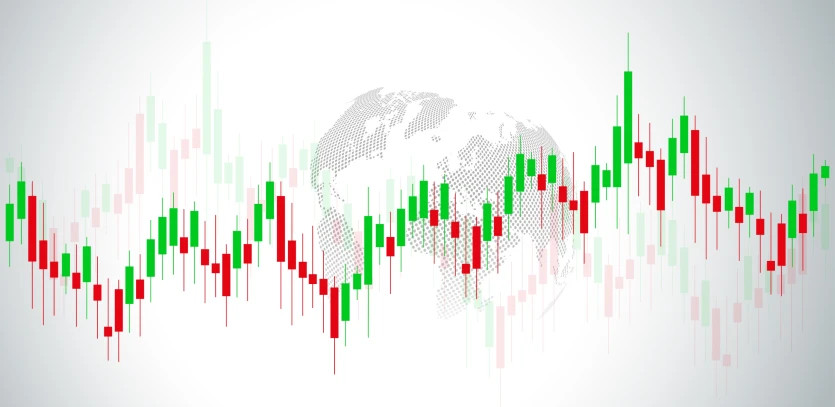Looking at today's economic calendar and financial market dynamics, it looks like nothing unexpected happened in the market. There are no abrupt movements, the activity of traders is low. It seems that not all of them have already started working, although most forex brokers have resumed their work as usual. Of the world's largest exchanges, only London and Hong Kong are not working today. In this regard, volatility will still increase with the opening of American exchanges. They are working as usual today.
Meanwhile, American stock indices reached new record highs in 2021 and continue to maintain positive dynamics.
Thus, futures for the American broad market S&P 500 index on the wave of the pre-New Year rally reached a new record high at the end of the year near the mark of 4811.0.
Since today the American stock exchanges are working as usual, it is possible that volatility will increase with the beginning of the American trading session. It will also not be possible to sit back at the end of this, the first week of this year, when on Friday (at 13:30 GMT) the monthly report of the US Department of Labor with data on the labor market for December will be published.
Average hourly wages are expected to rise by a further +0.4% in December (after an increase of +0.3% in November), the number of new jobs created outside the agricultural sector amounted to 400,000 (after an increase of 200,000 in November and 531,000 in October), and the unemployment rate fell to a new pandemic low of 4.1%.
In general, the indicators can be called encouraging. The data speaks of continued improvement in the US labor market after plummeting in the first half of 2020. Prior to the coronavirus, the U.S. job market remained strong, indicating the stability of the American economy.
Labor market data (along with inflation and GDP data) are key for the Fed when deciding on monetary policy. According to most economists, the US labor market will continue to strengthen in the coming months, despite the increase in the number of cases of infection with Covid-19, while there is an obvious shortage of workers, and the spread of the coronavirus is forcing some consumers and temporarily unemployed to stay at home.
Nevertheless, a strengthening labor market and a rapid rise in inflation will be key factors for Fed officials in deciding when and how much to raise the key rate.
As you know, at a meeting in December, most Fed leaders predicted that in 2022 the rate would be raised by a quarter percentage point at least three times due to expectations of prolonged high inflation.
At the same time, Fed officials cannot but worry about the increase in the number of Covid-19 infections, which could slow economic growth.
Thus, they still face a dilemma - when and at what pace to start raising the interest rate. It is expected that at the next meeting, which is scheduled for January 25-26, the Fed will not raise the rate. At the same time, many economists and investors predict an increase in the cost of borrowing in March, when the curtailment of the QE program will be completed.
If the pace of interest rate hikes is still smooth, and inflation continues to remain at high levels, then, most likely, we will see stock indices at new record highs. Unless the uncertainty surrounding the geopolitical situation between the United States and China and between the United States and Russia, as well as COVID-19, prevents this.
From the news for today, it is still worth paying attention to the publication at 14:45 (GMT) of the final purchasing managers activity index (PMI) from the agency Markit Economics in the US manufacturing sector. Since this industry makes up an impressive part of a country's GDP, the index is an important indicator of the state of the US economy as a whole. A result above 50 is seen as evidence of economic growth, which should have a positive effect on both the dollar and US stock indices.
Forecast: PMI for December will come out with a reading of 57.7, slightly lower than the preliminary estimate of 57.8. Despite the high value (above 50), the relative decline in PMI (and this trend has been observed since August, when the manufacturing PMI came out with a value of 63.4), may have short-term negative pressure on the dollar and US stock indices, including the broad market index S&P 500. If the data turn out to be better than forecast, they will confirm the stability of the US economic recovery, and this is a bullish factor for US stock indices.





